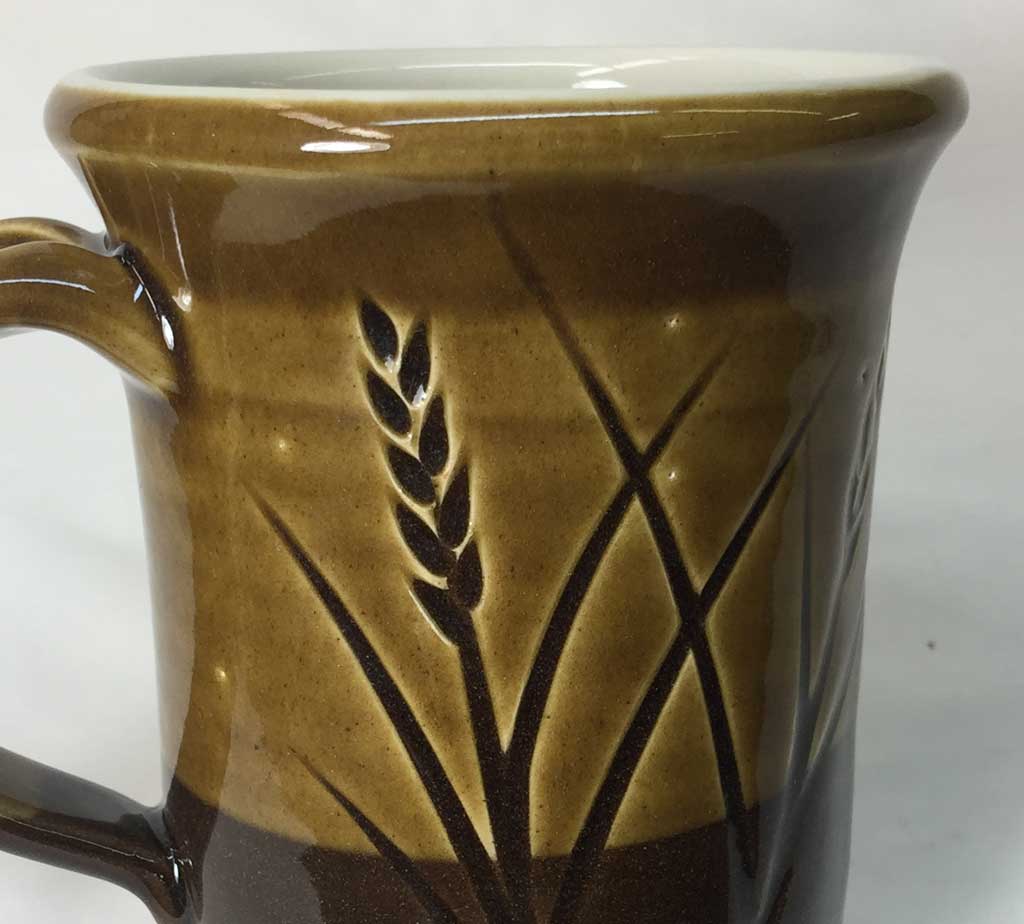Pinholing at a cone 6 stoneware mug. Why?
It was put into the kiln before it was dry (from glazing). The kiln was fired fairly fast (without using a insight-live.com/glossary/289">drop-and-hold firing schedule). These glazes have significant boron, they melt early and seal the surface. But water vapor can remain until surprisingly high temperatures. And it needs to get out. So it finds a discontinuity in the glaze cover and vents and bubbles out there. That leaves these defects that even a drop-and-soak and slow-cooling did not heal.
Pages that reference this post in the Digitalfire Reference Library:

This post is one of thousands found in the Digitalfire Reference Database. Most are part of a timeline maintained by Tony Hansen. You can search that timeline on the home page of digitalfire.com.
